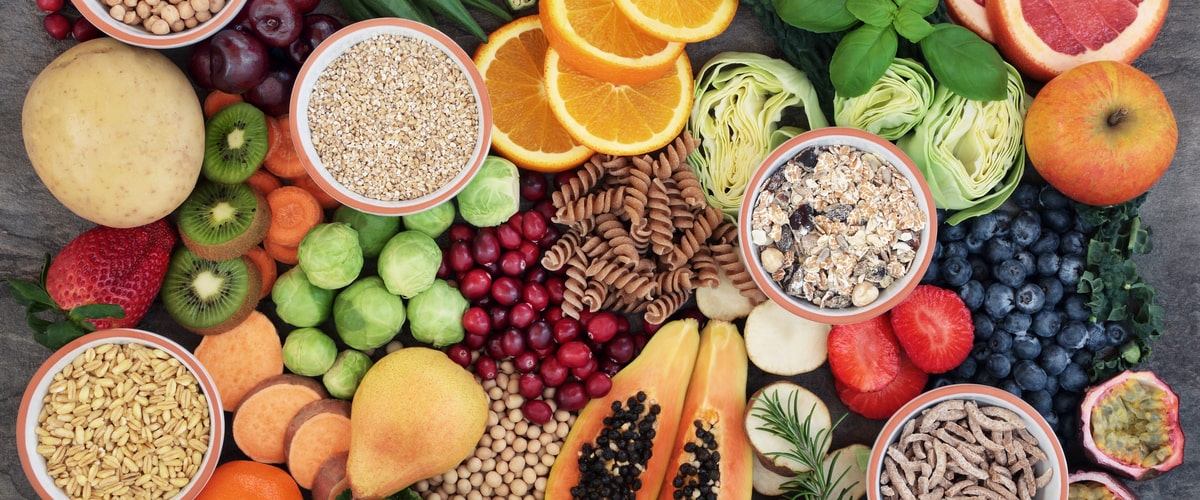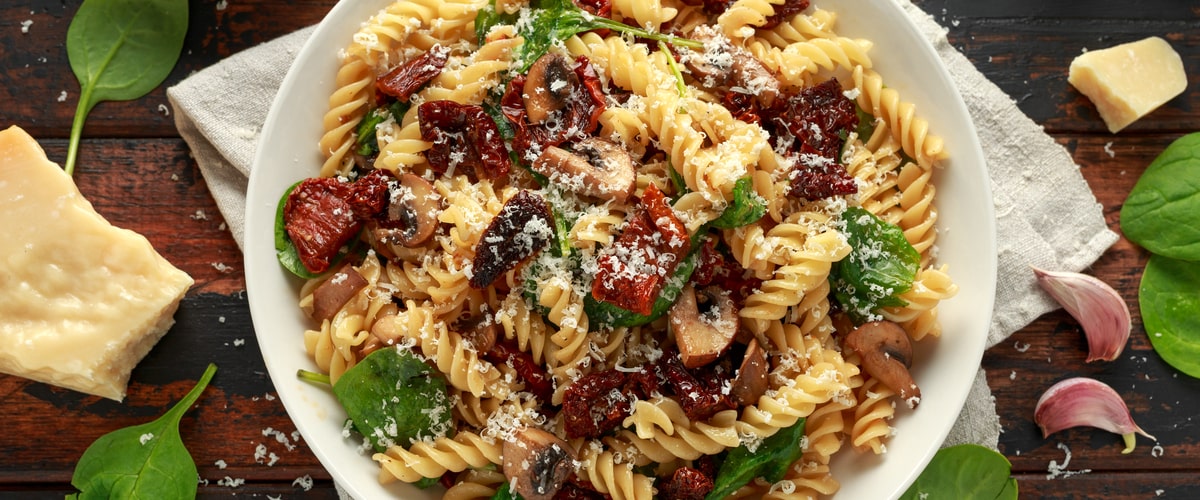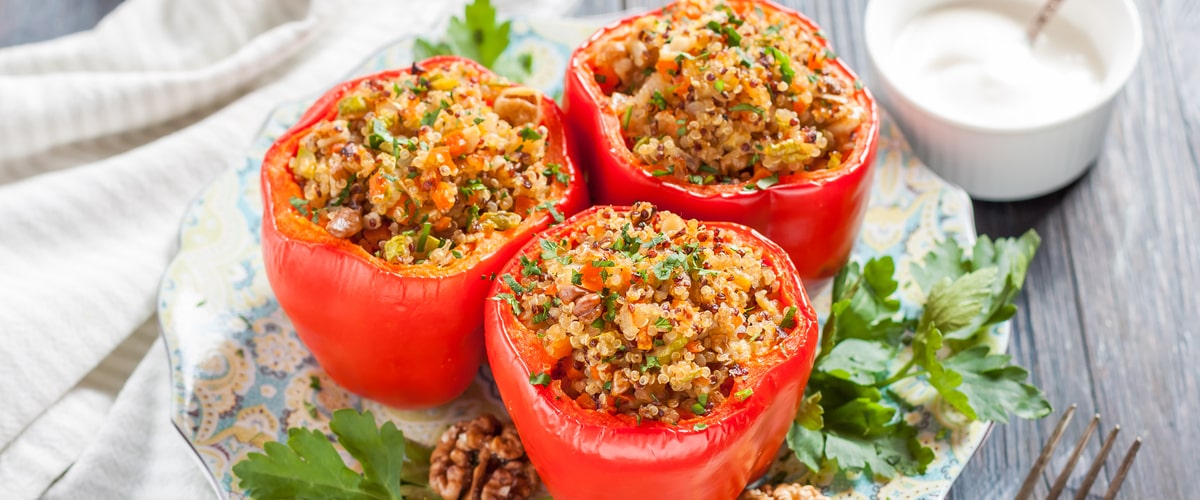The Rise of Plant-Based Cuisine: Delicious Recipes for Vegans and Flexitarians
Category : Food Stories, Party Ideas, Recipes, Press Room |
Posted : Apr 25, 2024
With a surge of interest in health, environmental sustainability, and compassion toward animals, plant-based diets have leaped from being a niche preference to a mainstream movement. Vegans, vegetarians, and flexitarians are not only looking for sustenance but also for a culinary adventure that mirrors the diversity of their omnivorous counterparts. This shift has heralded a new era for plant-based cuisine, where innovation and taste meet in delightful harmony. In this blog post, I dive into the reasons behind this culinary shift and share three mouthwatering recipes that will appeal to every palate, from the staunchest vegan to the most curious flexitarian.
Benefits of Plant-Based Eating

The decision to embrace plant-based eating is often multifaceted. Beyond the choice of being meat-free, plant-based diets offer an array of benefits that are hard to ignore.
Improved Overall Health
Plant-based diets have been linked to a reduced risk of chronic diseases, including heart disease, certain cancers, and diabetes. They are typically rich in fiber, vitamins, and phytonutrients, contributing to a stronger immune system and better overall health. Furthermore, the exclusion of high saturated fat meats can lead to lower cholesterol levels and support weight management goals.
Reduced Environmental Impact
Animal agriculture is a significant contributor to greenhouse gas emissions, deforestation, and water pollution. By choosing plant-based over animal products, individuals can significantly reduce their environmental footprint. The rise of plant-based cuisine is a positive step towards a more sustainable planet.
Ethical Considerations
Many people turn to plant-based diets as a means to reduce animal suffering. The awareness of the conditions in which animals are raised and slaughtered has led to a growing movement of ethical consumption, with a focus on plant-derived foods.
Recipe 1: Vegan Lentil Sloppy Joes
Lentils mimic the texture of ground meat in this classic comfort food, producing a hearty and satisfying meal everyone can enjoy. This recipe is a slam dunk for its rich flavors and nutrient-packed ingredients.
Ingredients
- 1 cup of brown lentils
- 3 cups of water
- 1 tablespoon of olive oil
- 1 small onion, diced
- 1/2 green bell pepper, diced
- 2 cloves garlic, minced
- 3 tablespoons of tomato paste
- 1/4 cup of soy sauce
- 3 tablespoons of ketchup
- 1 tablespoon of brown sugar
- 1 teaspoon of chili powder
- 1 teaspoon of ground cumin
- 1/2 teaspoon of paprika
- 1/2 teaspoon of salt
- 1/4 teaspoon of black pepper
- Hamburger buns, for serving
Step-by-step Instructions
- Rinse the lentils and add them to the water in a saucepan. Bring to a boil, then reduce the heat and simmer for about 20 minutes, or until the lentils are tender.
- In a separate pan, sauté the onion and bell pepper in olive oil over medium-high heat until the onions are translucent.
- Add the garlic and cook for another minute.
- Stir in the tomato paste, soy sauce, ketchup, brown sugar, chili powder, cumin, paprika, salt, and pepper.
- Once the lentils are done, drain any excess water and add them to the pan with the onion mixture.
- Simmer for about 10 minutes, stirring occasionally.
- Serve the lentil mixture on hamburger buns.
Nutritional Benefits and Taste Profile
Lentils are a nutritional powerhouse, packed with protein, fiber, and complex carbohydrates. The lentils, when mixed with the savory and slightly sweet sauce, create a mouthwatering and satisfying dish that will even have meat-eaters coming back for seconds.
Recipe 2: Creamy Sun-Dried Tomato Pasta

Pasta dishes can be just as indulgent without any animal products. This creamy sun-dried tomato pasta is a prime example of how rich and luxurious a vegan meal can be.
Ingredients
- 12 ounces of pasta
- 1 tablespoon of olive oil
- 1/2 cup of diced onion
- 3 cloves of garlic, minced
- 1/2 cup of sun-dried tomatoes, chopped
- 1 1/2 cups of unsweetened, plain almond milk
- 4 tablespoons of nutritional yeast
- 2 tablespoons of all-purpose flour
- 1 teaspoon of dried basil
- 1 teaspoon of dried oregano
- 1 teaspoon of garlic powder
- 1 teaspoon of onion powder
- 1/2 teaspoon of salt
- 1/4 teaspoon of ground black pepper
- Fresh basil, for garnish (optional)
Step-by-step Instructions
- Cook the pasta according to the package directions. Drain and set aside.
- In a large skillet, heat the olive oil over medium heat. Add the onion and cook until translucent.
- Add the garlic and sun-dried tomatoes, and cook for another minute.
- In a small bowl, whisk together the almond milk, nutritional yeast, flour, basil, oregano, garlic powder, onion powder, salt, and pepper.
- Pour the almond milk mixture into the skillet with the tomato and onion mixture. Cook, stirring constantly, until the sauce thickens.
- Add the cooked pasta to the sauce and toss to coat.
- Garnish with fresh basil if desired.
Nutritional Benefits and Taste Profile
The creamy sauce gets its luxurious texture from almond milk and nutritional yeast, both providing a rich, cheesy flavor without any dairy. This pasta dish is high in protein, thanks to the addition of nutritional yeast, and packs a punch in the flavor department with the umami from sun-dried tomatoes.
Recipe 3: Quinoa Stuffed Bell Peppers

A colorful and nutritious dish, quinoa stuffed bell peppers make a perfect centerpiece for a dinner that's as beautiful as it is delicious.
Ingredients
- 1 cup of quinoa
- 2 cups of water
- 4 large bell peppers, any color
- 1 tablespoon of olive oil
- 1 small onion, diced
- 2 cloves of garlic, minced
- 1 zucchini, diced
- 1 can of black beans, rinsed and drained
- 1 can of diced tomatoes, drained
- 1 cup of corn (frozen or canned)
- 1 teaspoon of chili powder
- 1 teaspoon of cumin
- 1/2 teaspoon of paprika
- Salt and pepper to taste
- Fresh cilantro, for garnish
Step-by-step Instructions
- Preheat the oven to 375 degrees Fahrenheit.
- Cook the quinoa according to the package directions and set aside.
- Cut the tops off the bell peppers and remove the seeds and membranes.
- In a large skillet, heat the olive oil over medium-high heat. Add the onion and cook until translucent.
- Add the garlic and zucchini and cook until the zucchini is tender.
- Add the black beans, diced tomatoes, corn, cooked quinoa, chili powder, cumin, paprika, salt, and pepper.
- Cook for a few minutes until everything is heated through and the flavors have melded.
- Fill each bell pepper with the quinoa mixture.
- Place the stuffed bell peppers in a baking dish and add about 1/4 inch of water to the bottom of the dish.
- Cover with foil and bake for 25-30 minutes, or until the bell peppers are tender.
- Garnish with fresh cilantro.
Nutritional Benefits and Taste Profile
Quinoa is packed with protein and all nine essential amino acids, making the stuffing of these bell peppers a well-rounded meal on its own. The combination of vegetables and spices creates a dish that is not only nutritious but also bold in flavor and vibrant in presentation.
Tips for Incorporating More Plant-Based Meals
Transitioning to a plant-based diet, or even just incorporating more plant-based meals, can seem daunting at first. However, with the right approach, it can be both delicious and sustainable.
Meal Planning and Prepping
Having a plan for your meals can make the transition smoother. Spend some time each week preparing a menu and shopping list, and consider batch cooking to have meals ready when you need them.
Shopping for Plant-Based Ingredients
Explore your local market for a variety of plant-based ingredients. Fresh produce, whole grains, legumes, nuts, and seeds will become your pantry staples. Don't be afraid to ask your grocer about new products or to suggest items you'd like to see stocked.
Exploring New Flavors and Cuisines
Embracing a plant-based diet can open up a world of new flavors and cuisines. Don't be afraid to try new recipes and experiment with spices and herbs to keep your meals exciting.
Conclusion
The rise of plant-based cuisine is not only a reflection of changing dietary trends but also a response to personal health goals and global sustainability. As you venture into the realm of plant-based eating, it's clear that flavor and satisfaction need not be compromised. The recipes shared in this post are just a glimpse into the delicious world of vegan and flexitarian cooking, but they serve as a hearty invitation to explore further. Whether you're a veteran vegan or a curious flexitarian, these recipes offer a taste of the diverse and mouthwatering dishes that can be enjoyed on a plant-powered journey.













